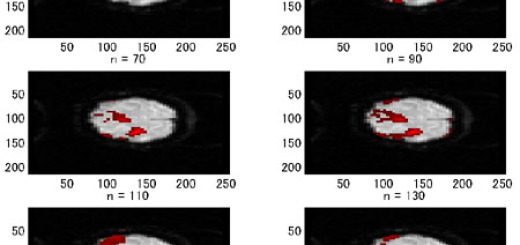Visuoperceptual disturbances in Parkinson’s disease
Kazuya Kawabata, Reiko Ohdake, Hirohisa Watanabe, Epifanio Bagarinao, Kazuhiro Hara, Aya Ogura, Michihito Masuda, Toshiyasu Kato, Takamasa Yokoi, Masahisa Katsuno, Gen Sobue
Abstract
Introduction
Parkinson’s disease (PD) shows a variety of visual deficits including visuoperceptual disturbances, however, the neural basis remains unclear. We aimed to clarify clinical and neural features of visuoperceptual disturbances in PD.
Methods
The visuospatial/perceptual abilities of ninety-six participants (48 patients with PD and 48 healthy controls) were evaluated using the subtest part 1 and 5–8 of the Visual Object and Space Perception battery (VOSP), cube/pentagon copying and clock drawing tasks. Resting-state fMRI images were acquired and analyzed the differences between PD with incomplete letters below the cut-off and above for intranetwork (primary/medial/higher visual networks) and interregional functional connectivity changes, and spectral dynamic causal modeling was performed to examine the causality.
Results
In the PD group, position discrimination and incomplete letter scores were significantly decreased among VOSP subtests, the latter having the largest effect size. The incomplete letter scores correlated with the position discrimination while not with the dot counting, number location and cube analysis, cube/pentagon copying or clock drawing. The group with the incomplete letter scores below the cut-off had regions with decreased functional connectivity surrounding the calcarine sulcus in the primary visual network. These regions had decreased interregional functional connectivity with bilateral lingual gyri and cunei but increased with the thalamus. In this group, effective connectivity from the lingual gyrus to the calcarine sulcus was significantly decreased.
Conclusion
The incomplete letters may be sensitive to detect visuoperceptual disturbances in PD. Decreased connectivity in the ventral visual feedback pathway may contribute to these deficits.


